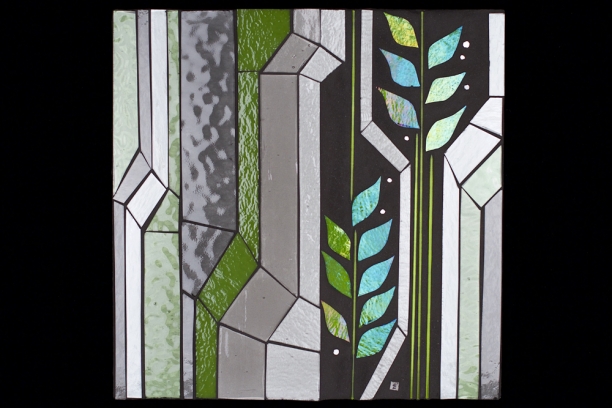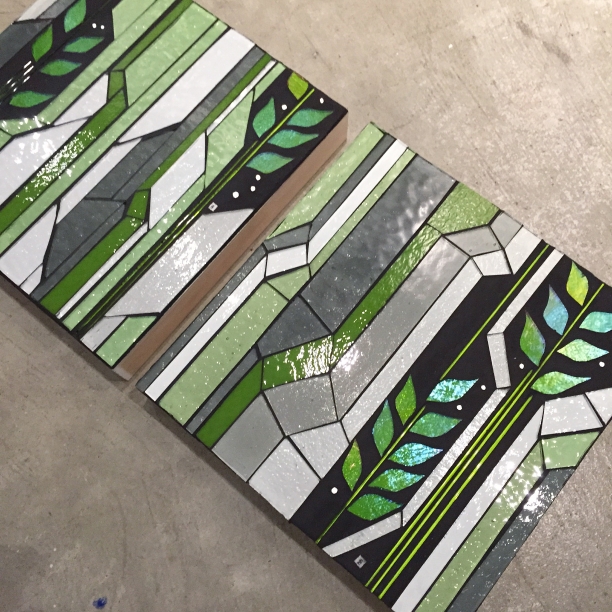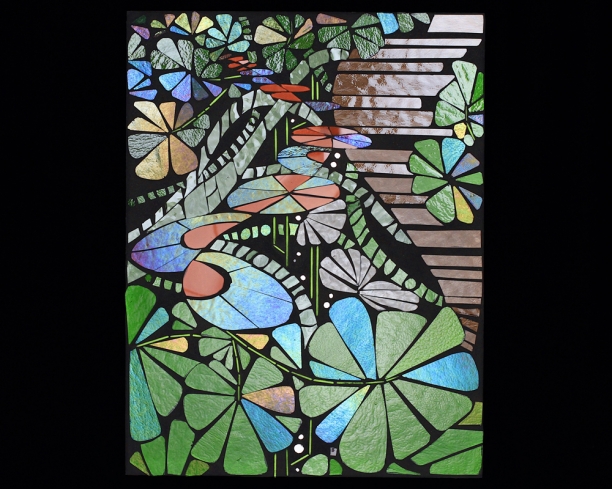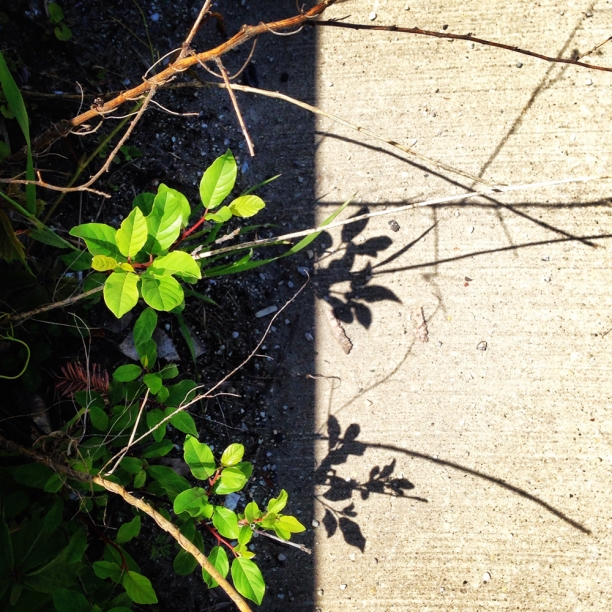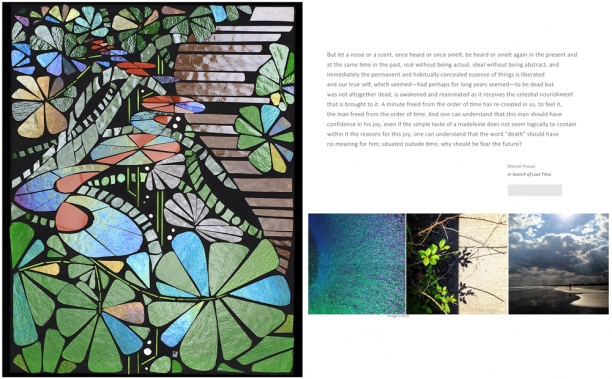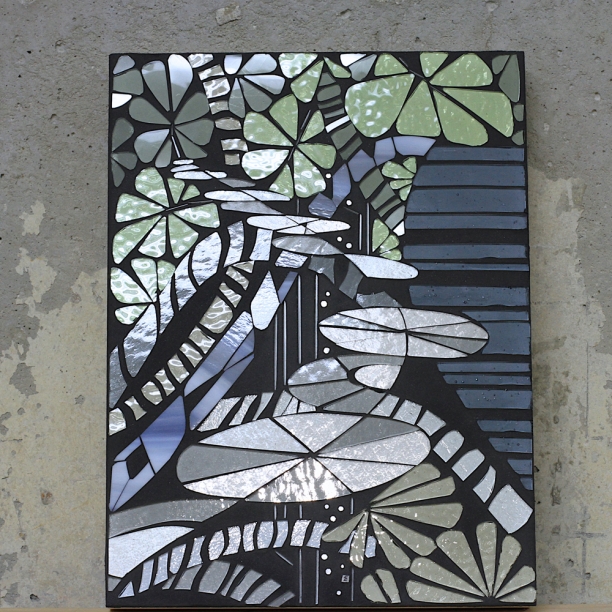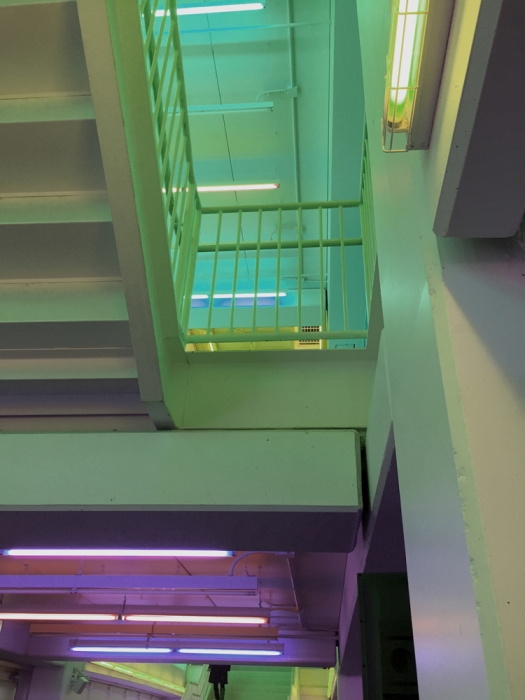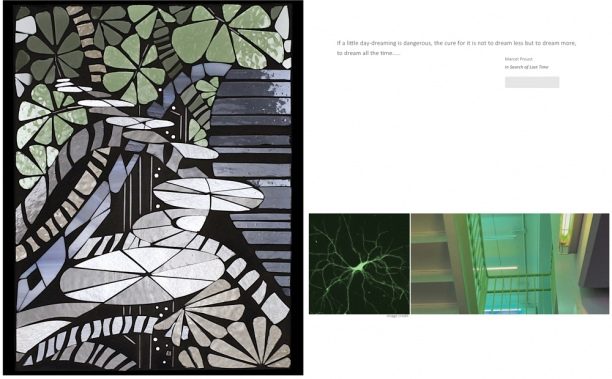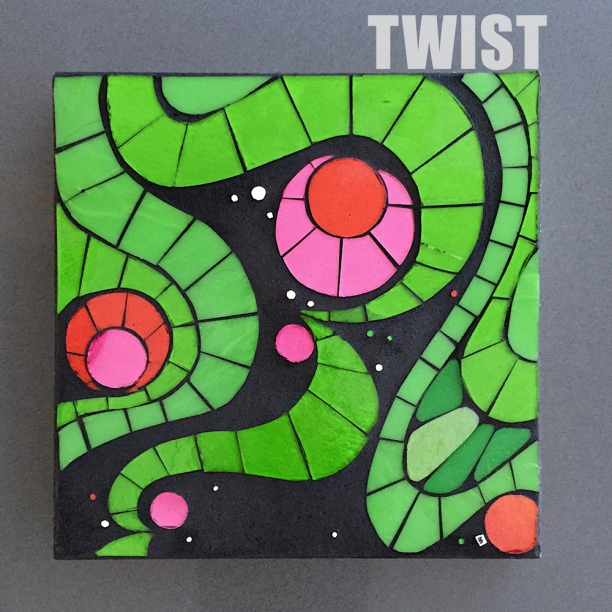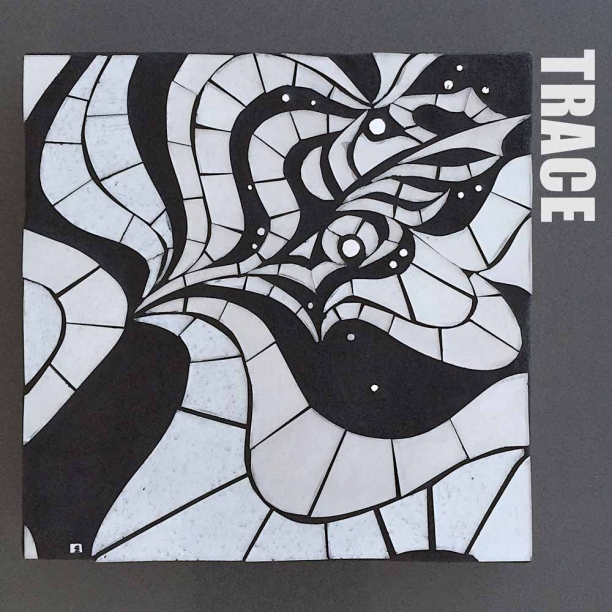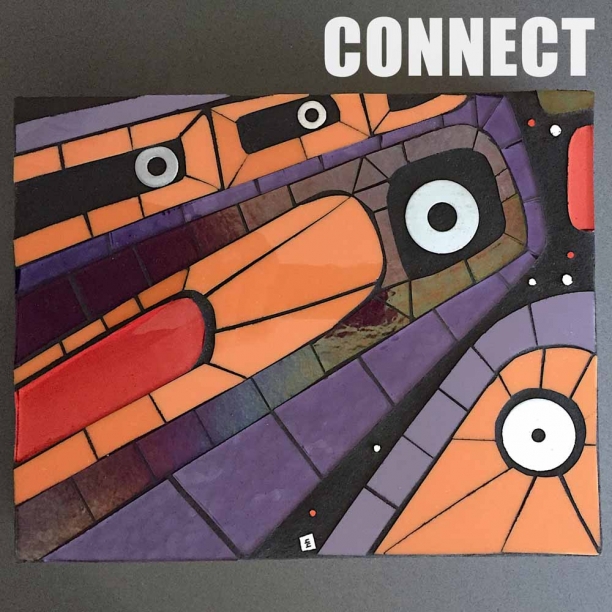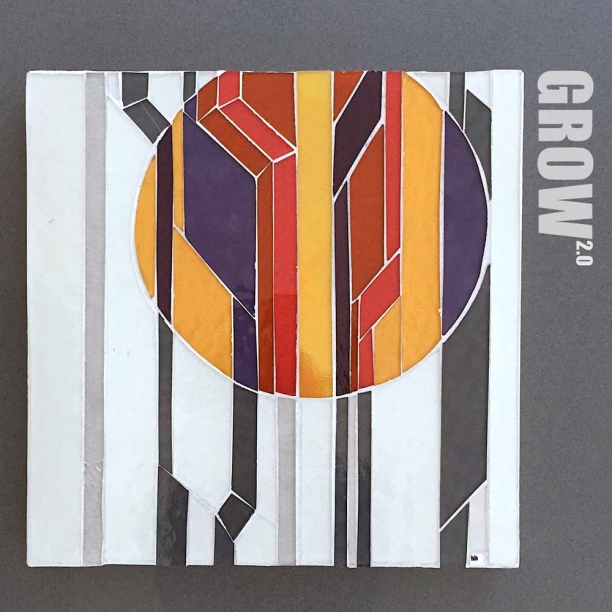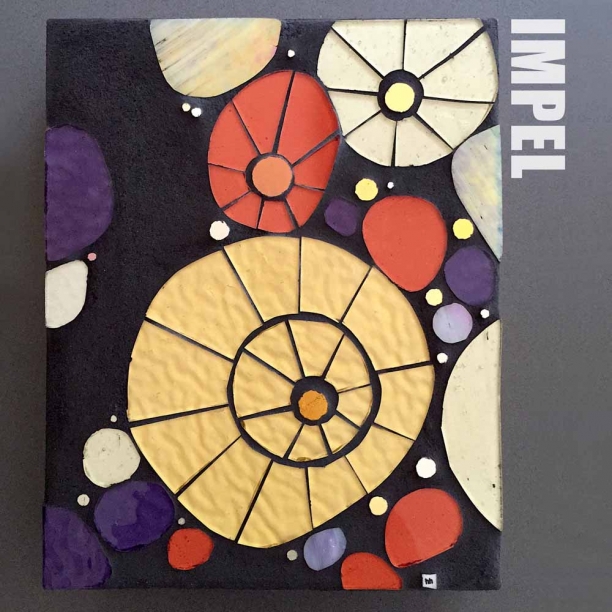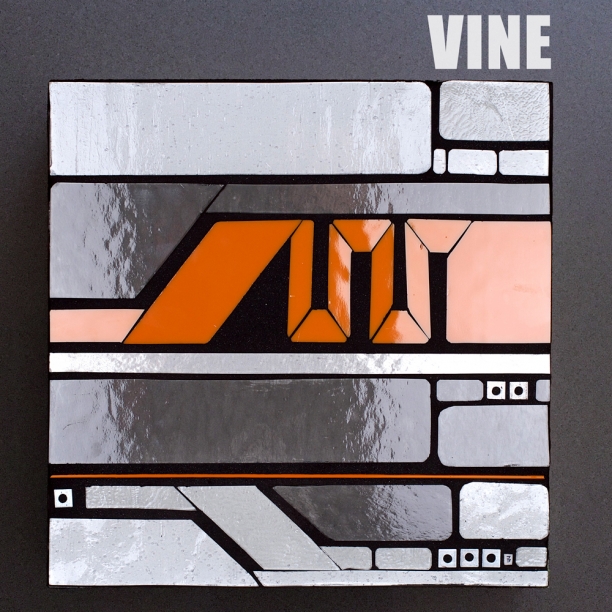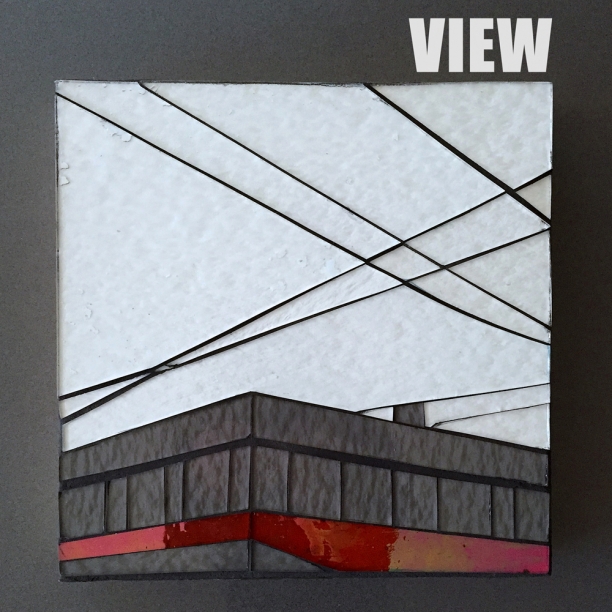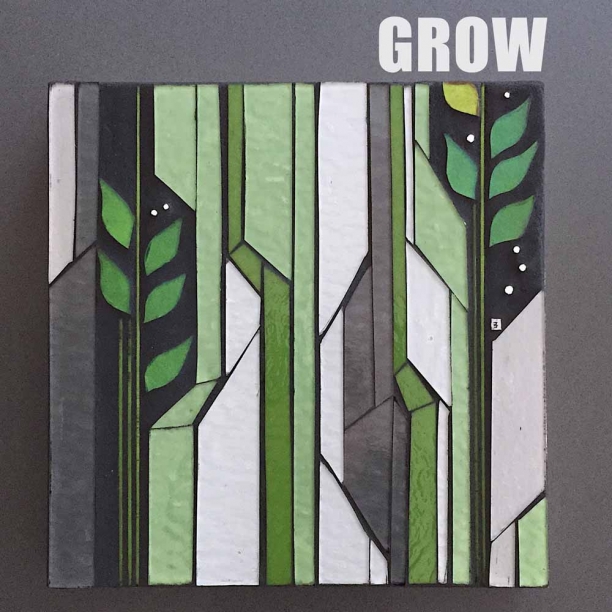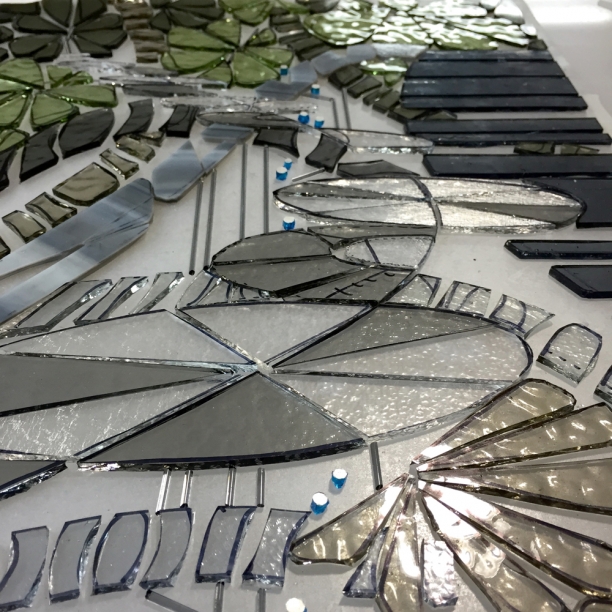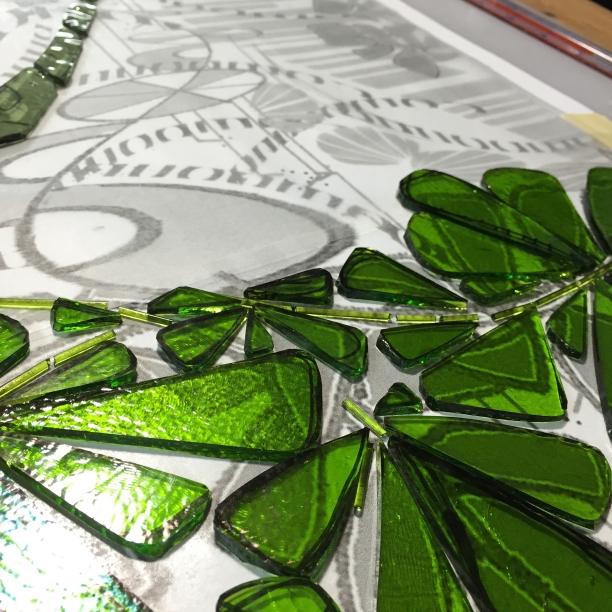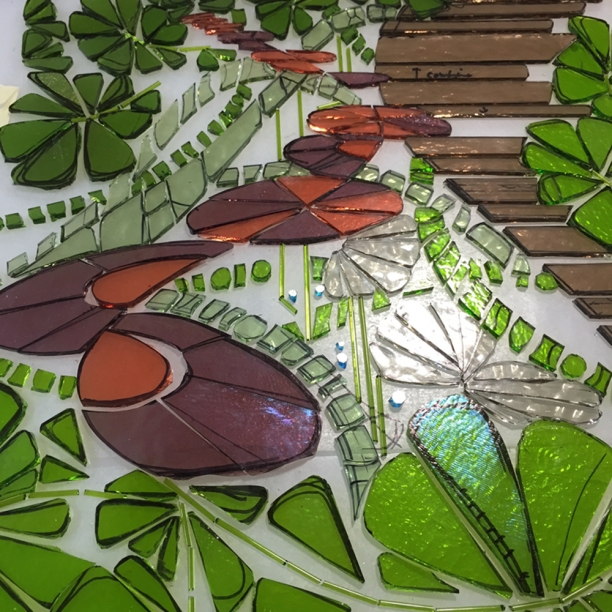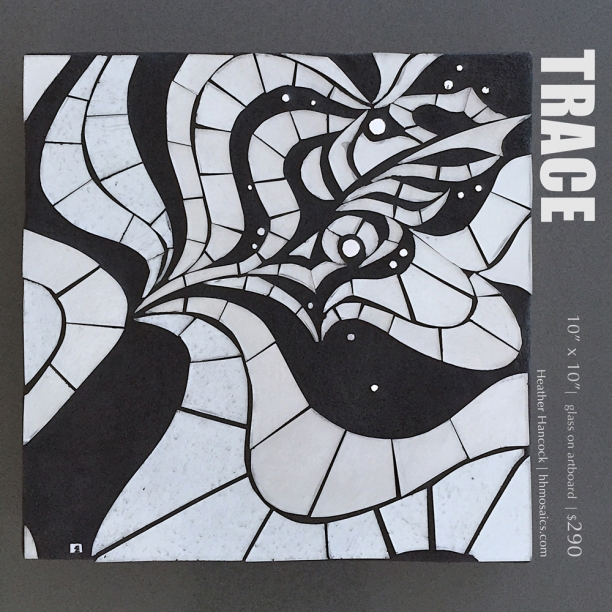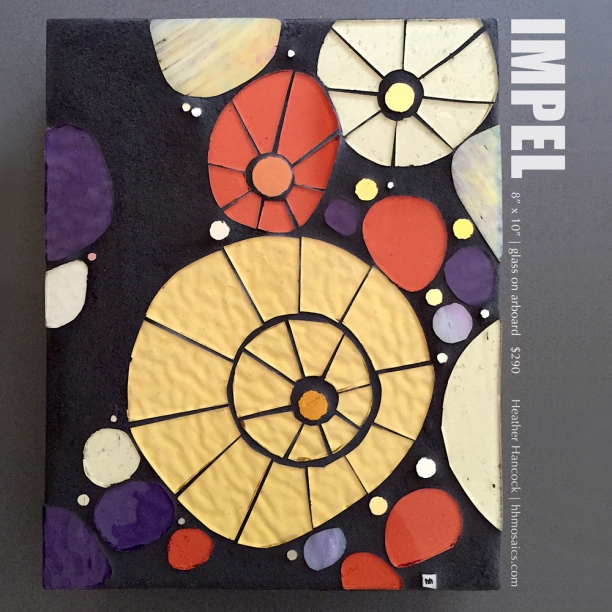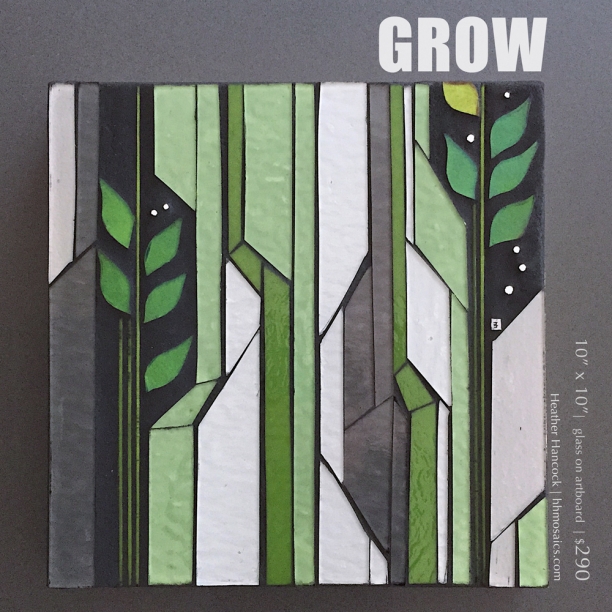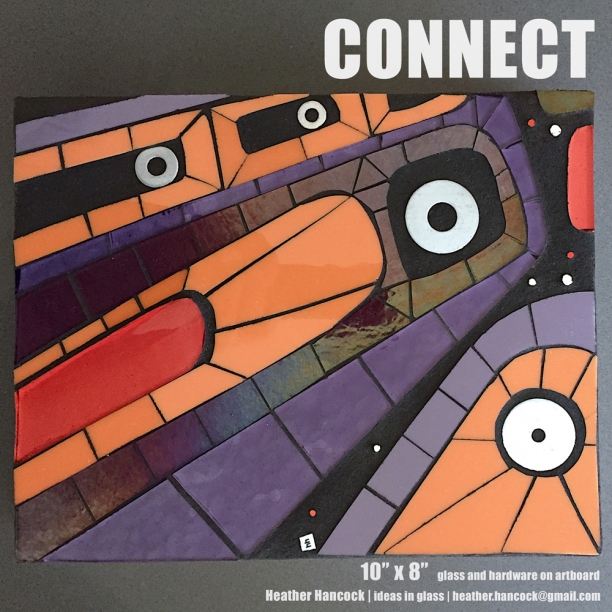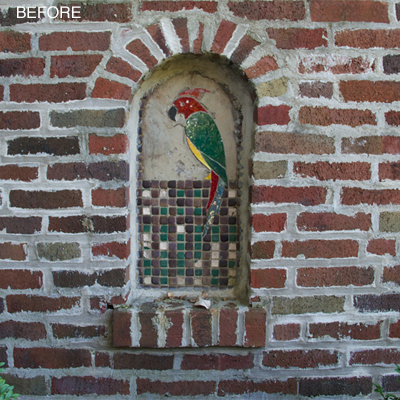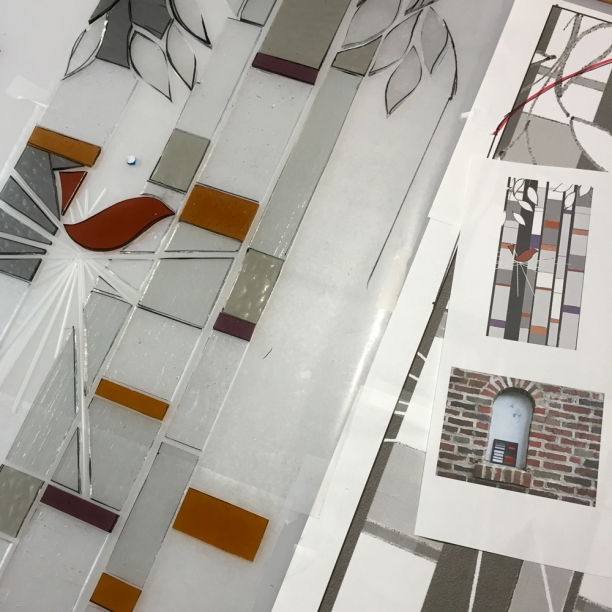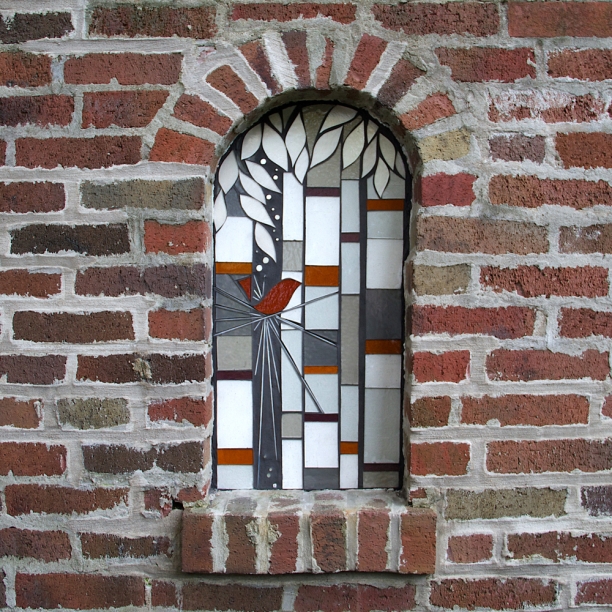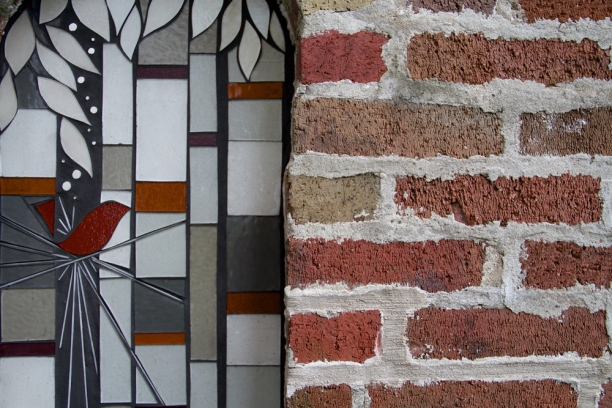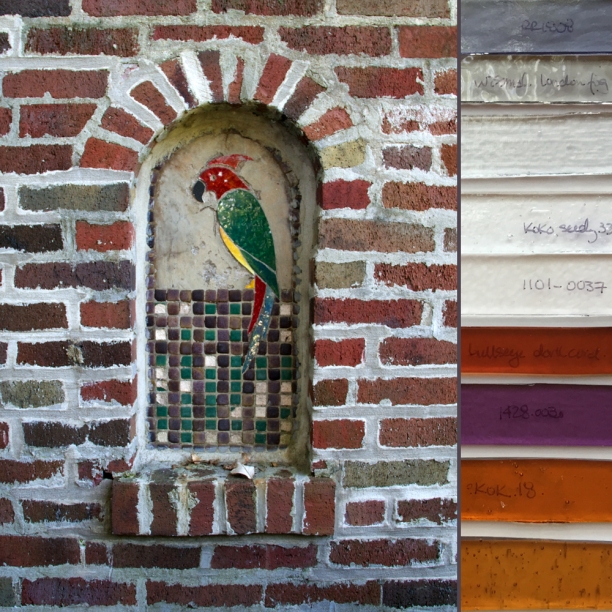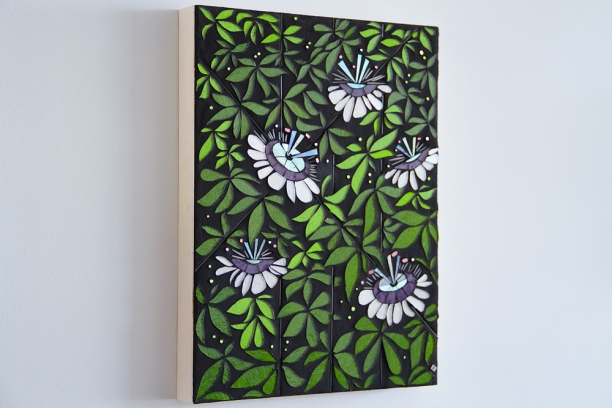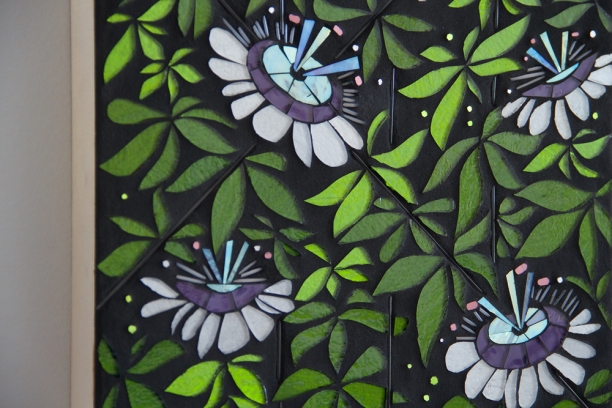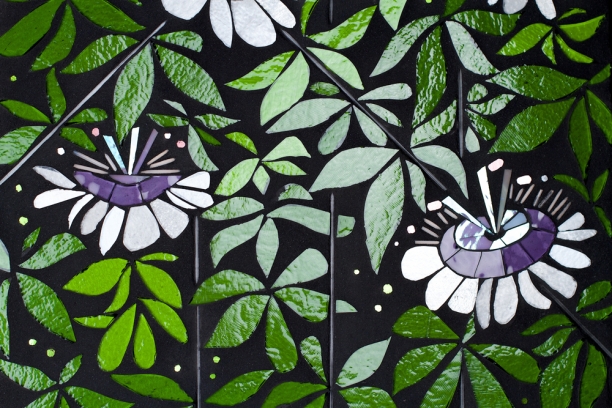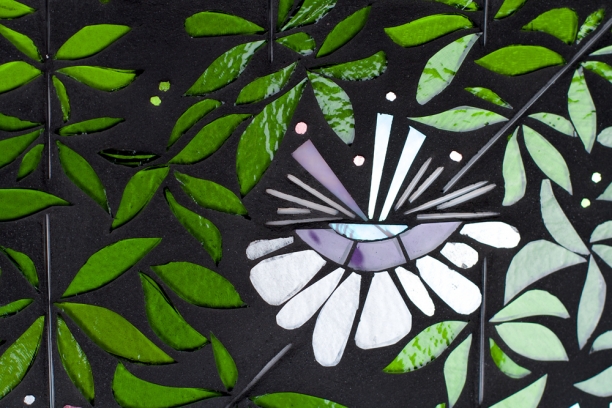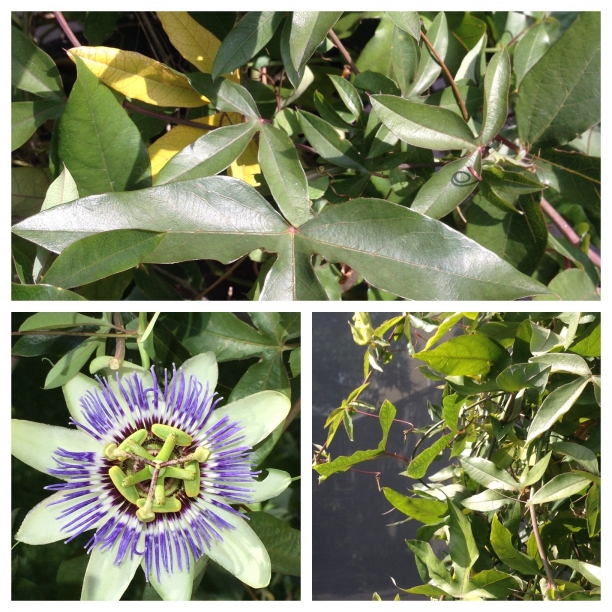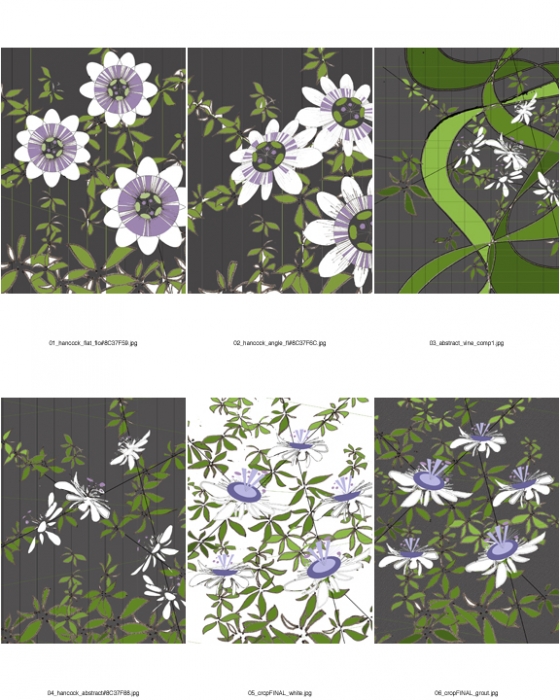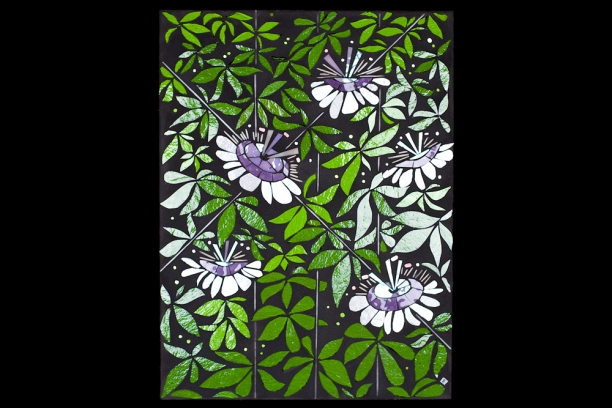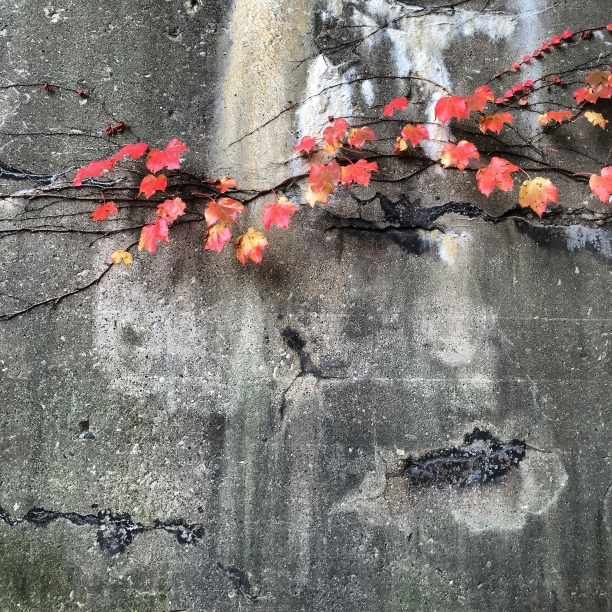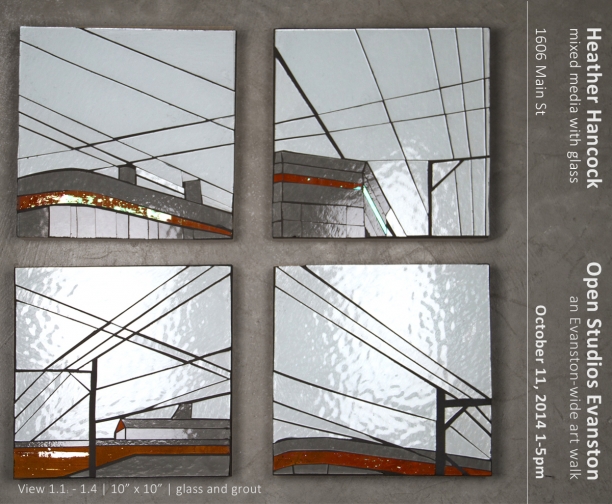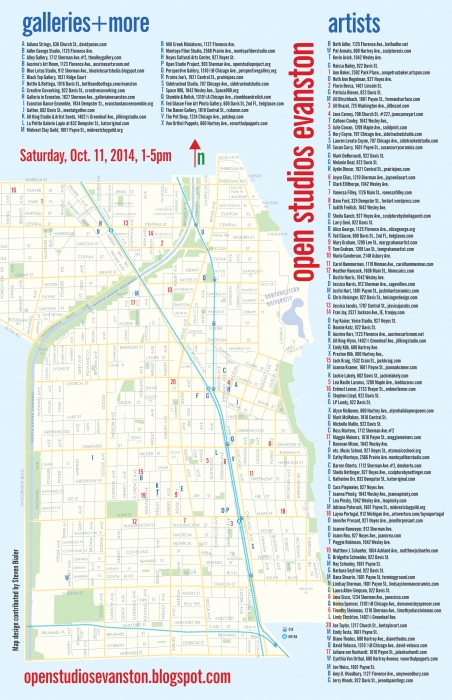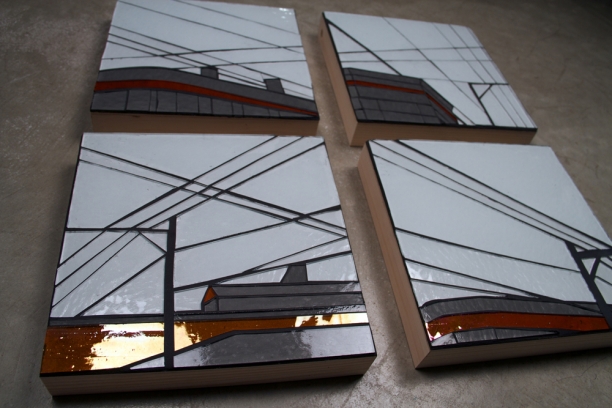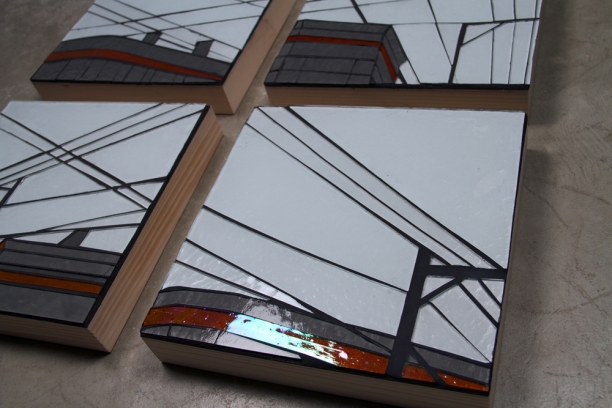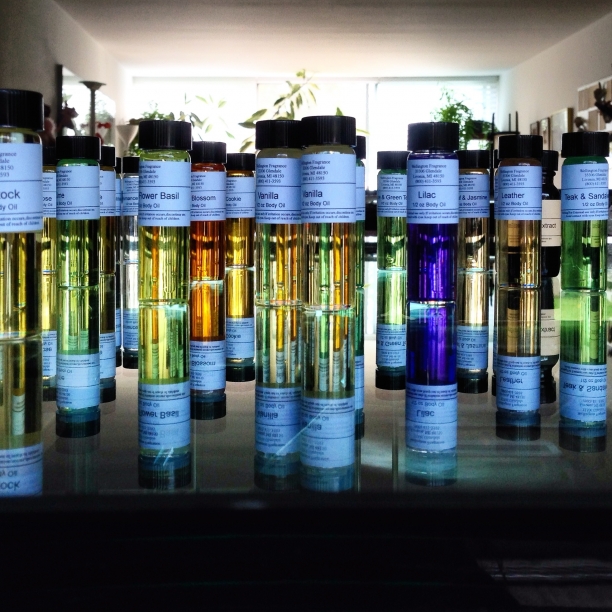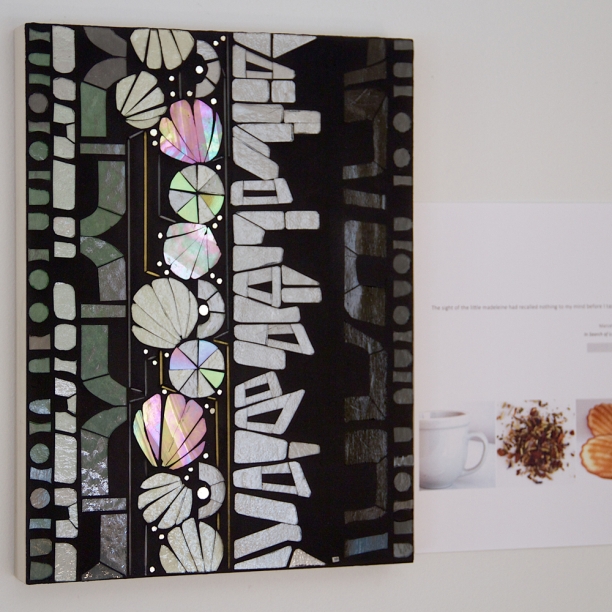The Proust project was displayed at the national conference of the American Psychoanalytic Association at the Waldorf Astoria hotel in NYC last week. Working with graphic designer Kristin Albert, we translated the project into display posters and 11"x15" folio books with explanatory text by Dr. Barry and the quotations from Proust alongside the nine art pieces and photographs. Seeing the project in book form is a little thrilling...and realizes Dr. Barry's original vision of a book addressing the neuroscience of Marcel Proust’s In Search of Lost Time. Dr. Barry is specifically interested in the so-called “Proust phenomenon” in which intense, visceral memories are evoked by scents.
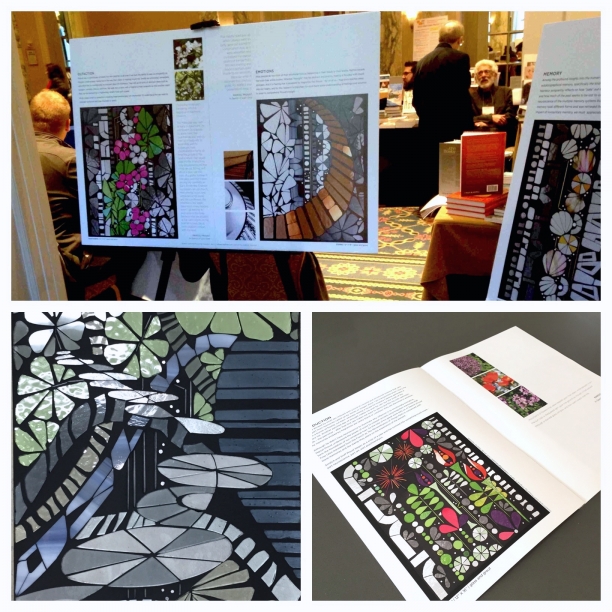
Author Dr. Barry writes:
Memories elicited by smell are imbued with a kind of visceral and emotional essence that sets them apart from memories called up by words or images alone. I am transported when I bury my nose in a bunch of freshly cut basil; whereas seeing a recipe for Insalata Caprese generates a grocery list. Another parched day of drought makes me wish for rain, but the smell of the earth–the petrichor–after that first rain makes me want to dance and fills me with optimism. The memories evoked by fragrances are rarely bland or colorless; they are drenched in emotion.
Although he didn’t have neuroscience to illuminate why olfaction is so emotionally evocative, Marcel Proust understood the power of scent to unleash ancient, long forgotten memories that form the foundation of our emotional lives. As the title of his great work tells us, In Search of Lost Time (also translated from the French as The Remembrance of Things Past) is concerned with these memories and the stamp they place on the experience of the present.
Scratch and Sniff Proust began as a wisp of a joke and has evolved into something much more–part neuroscience, part art, part psychoanalysis.
